Imagine this: you are the Project Manager of a very important proposal where the customer expects the product quality to be on time and on budget. But in the middle of the project, requirements seem to add up more and more. At this point of time, it may seem daunting. Here comes the Agile project management to the rescue.
An increasing number of design companies have now begun to ditch the unforgiving waterfall project management approach for an agile one. It allows teams — both internal and clients’— to hit key milestones fast, to get greater visibility to the project, and to receive continuous feedback — hence allowing them to reach quicker to change and bottlenecks in the development process. The agile approach helps teams respond to these unpredictabilities through incremental, iterative work cadences, known as sprints.
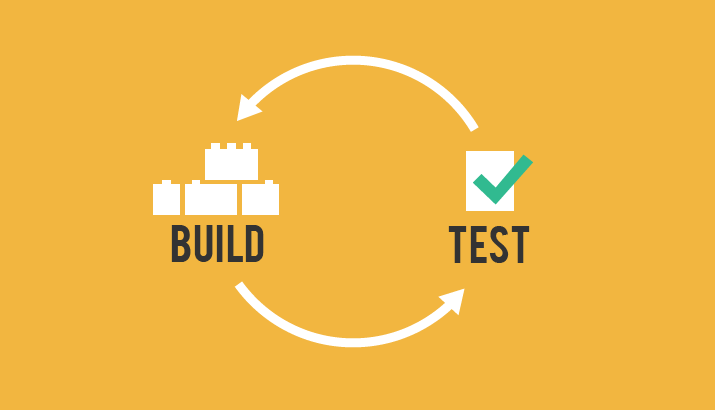
In an agile paradigm, every aspect of development — requirements, design, etc. — is continually revisited throughout the life cycle. When a team stops and re-evaluates the direction of a project sprints every two weeks for instance, there’s always time to steer it in another direction. The results of this “inspect-and-adapt” approach to development greatly reduce both development costs and time to market. Mistakes are reduced, products are shipped fast, reiterations are made there and then, users’ needs are more addressed rather than initial requirements.
Simply summarised, Agile project management is the process by which projects can be managed and implemented in small chunks of work. Small victories.
Scrum and Kanban
Scrum and Kanban are two terms that are often (incorrectly) used interchangeably in Agile approach. In reality, there are significant differences between these two Agile methodologies. Understanding these differences is key to choosing the path that will work best for your environment.
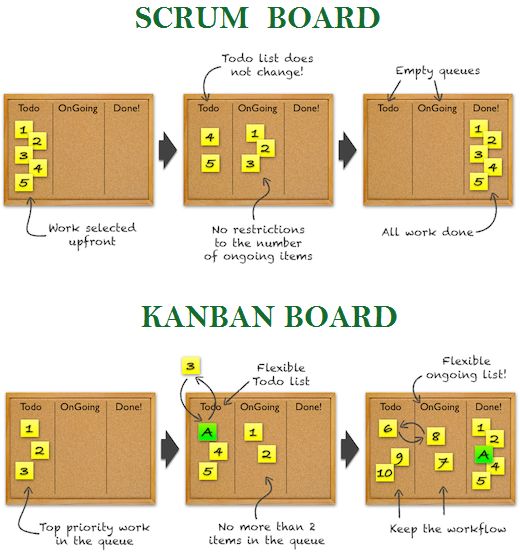
Scrum vs Kanban (Source: solutionsiq.com)
Scrum is a tool used to organise work into small, manageable pieces that can be completed by a cross-functional team within a prescribed time period (called a sprint, generally 2-4 weeks long).To plan, organise, administer, and optimise this process, Scrum relies on at least three prescribed roles: the Product Owner, the Scrum Master and the Team Members. Scrum board refers to the visual representation of the work flow, broken down into manageable chunks called “stories”, with each story moved along the board from the “backlog” (the to-do list), into work-in-progress (WIP), and on to completion.
While Scrum limits the amount of time allowed to accomplish a particular amount of work (by sprints), Kanban limits the amount of work allowed in any one condition – so that only a certain number of tasks can be ongoing and completed on the to-do list. Kanban board, just like Scrum board, refers to Kanban’s visual representation of the work flow.
How are agile projects managed?
Using Scrum model rather than Kanban, as previously adopted, we have established that there are three roles: product owner, ScrumMaster and team.
The product owner is largely responsible for the business aspects of the project. She ensures the right product is being built and is the most empowered to make decisions about the product. If an agile project involves teams both internal and client, someone from the client side is usually the product owner as she has the say on what should be established within the requirements.
The Scrum Master is usually the project manager or the project lead, ensuring that the team works together in the most effective manner possible. A good Scrum Master facilitates meetings and discussions within an agile project, remove impediments in the progress, tracking progress and issues — in short, ensuring the teams get what can be done as smoothly as possible.
Then there’s the most important people: the team. They assume each role dedicated in the agile project either as Strategist, Designer, Front End Developer, Programmer etc and together will collaborate on how to best achieve the product goals.
Agile project management divides responsibility among more than one team member, and everyone is involved in every phase of the project, rather than focusing on one member at a team— like waterfall approach. The result is every team member is more informed of every project decision and everyone should be in the same page once done right.
Tools
Scaling agile isn’t easy the first time round – all good things is not the first time round. Luckily there are always tools to help expedite agile approach as good as possible. Here are three of which we have tried out.
Yodiz
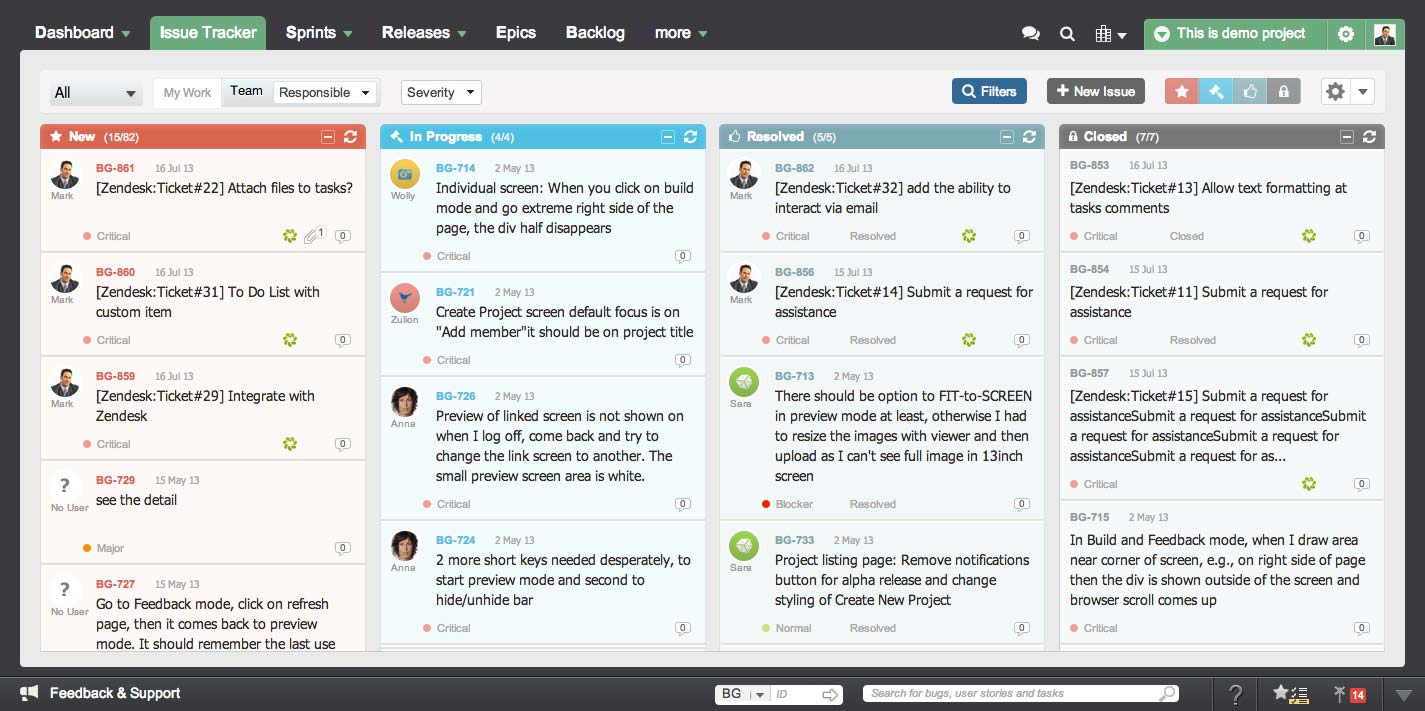
We use Yodiz as our Agile project management tool in Stampede. Its features include Scrum tool, issue and bug tracker, Kanban task board, and epics management software. With a visual, Kanban style Scrum board, users are able to see a comprehensive sprint planning view. They effectively manage user stories and sprints, create, edit and re-prioritise them easily, associate them into epics that span across multiple projects, and track daily work progress and burndown charts. It is so far the most comprehensive out of all tools we have tried.
JIRA
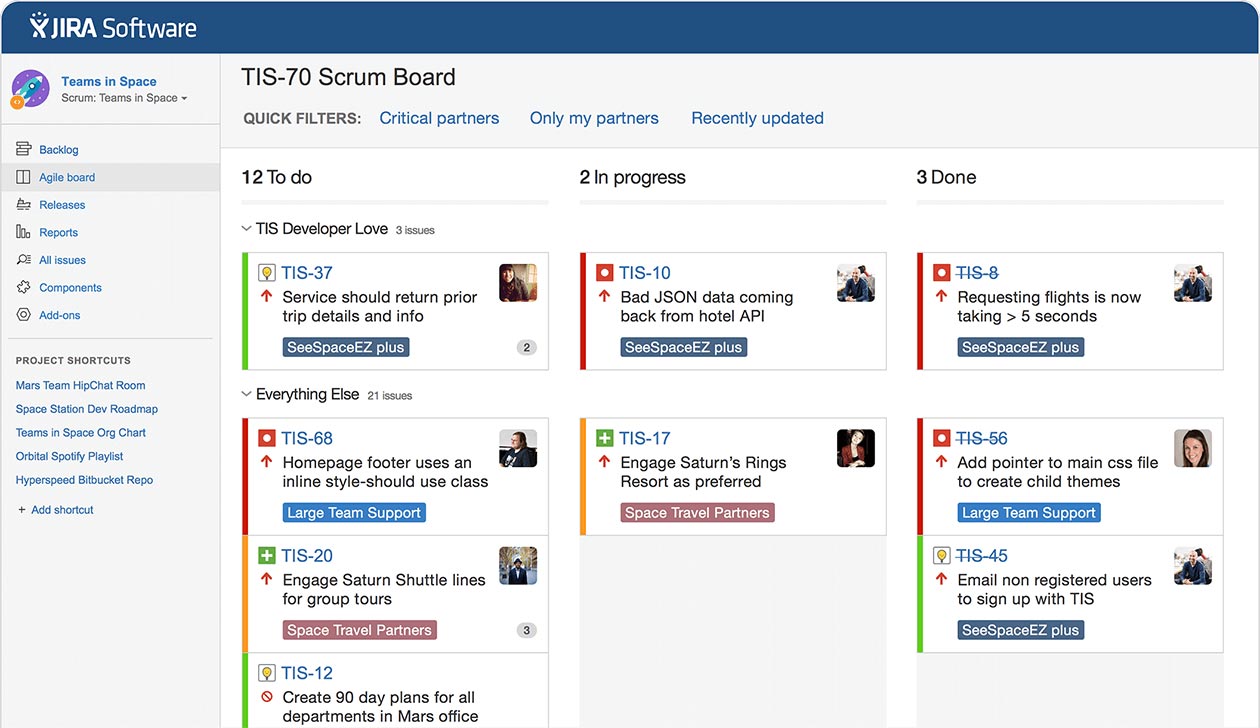
JIRA Software gives your team the flexibility to plan and adopt any agile practice, whether it be scrum, kanban, or a mixed methodology. Teams can create and estimate stories, build a sprint backlog, visualize activity, measure team velocity, and report on progress. JIRA seems to be more visual and less cluttered than Yodiz, however, JIRA is more catered towards large enterprise scalability and we serve smaller companies — hence, Yodiz is a better choice for us.
ZebraPlan
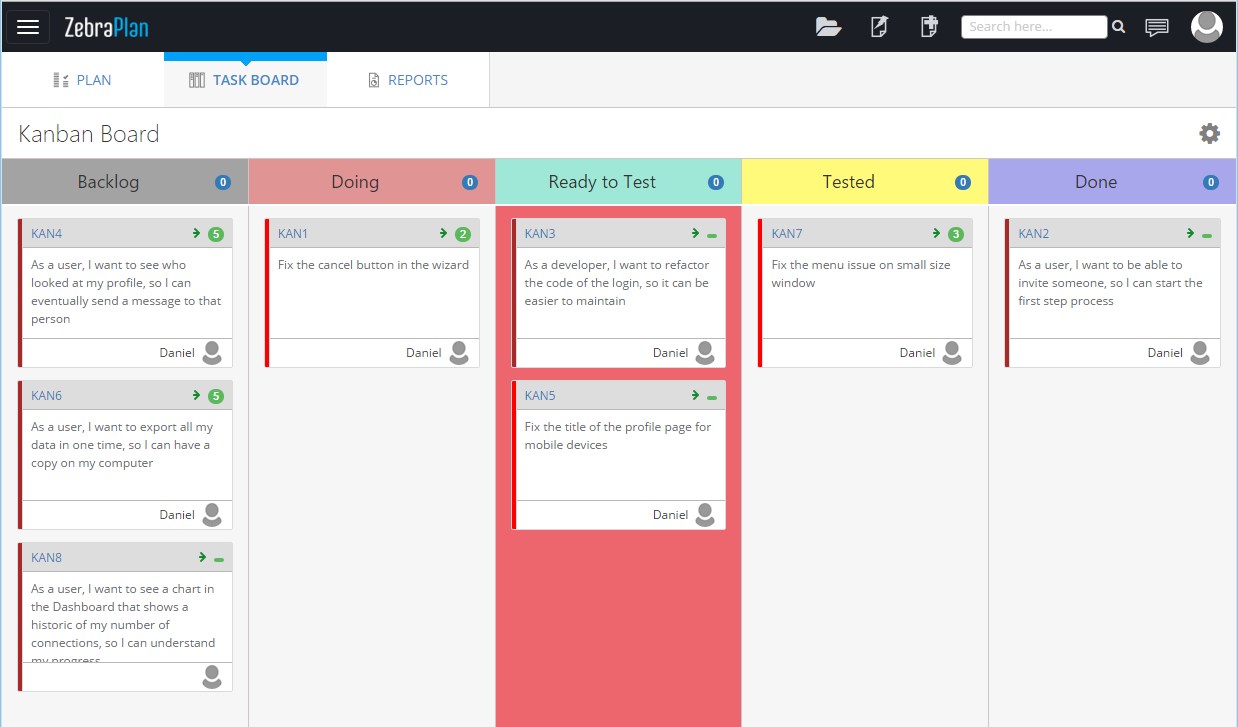
If you’re a tech startup, it can be tough to find quality Agile software at a palatable price point. ZebraPlan offers a great solution for small teams with big needs. The software breaks down tasks into sprints, which users can easily drag-and-drop tasks into. The dashboard view has all the necessary charts to keep your team in check, and the software has some overall cool features, like KPI comparisons, code review, and, for those opting for the “ultimate” plan, 16 reports to choose from.
Conclusion
Agile approach might have been touted to be oriented heavily towards software development, but to be honest if we think about it, its core principles of “inspect and adapt” should apply more now where things are often changing and evolving. Agile should be a natural fit, once you figure out how to make it work for you. After all, as each team and project is different, you are best off picking the methods and applications that work and adapt them as you go.
Does your team also run agile? What tool do you use? Do you have any good tips for running agile project management?
Sources:
